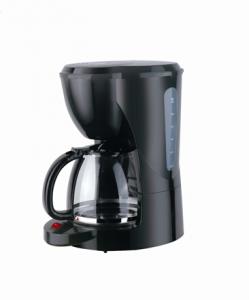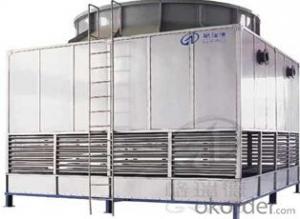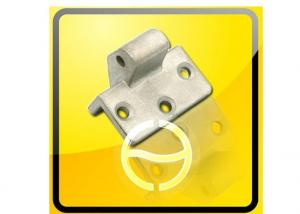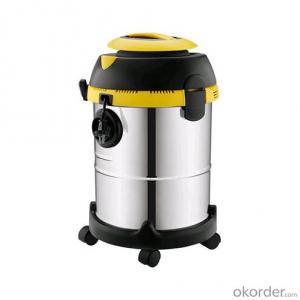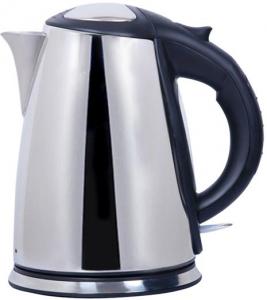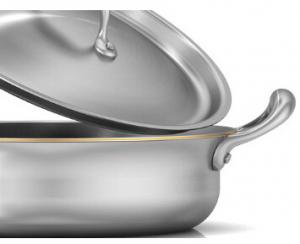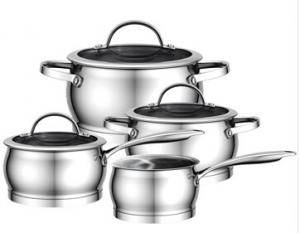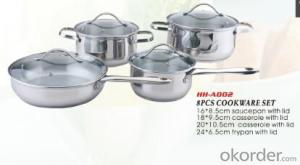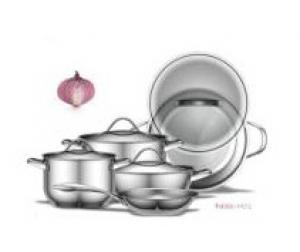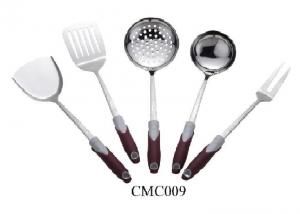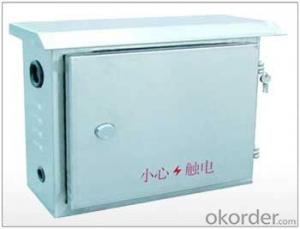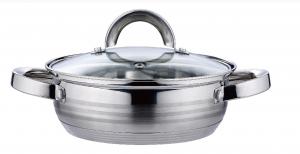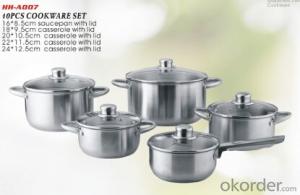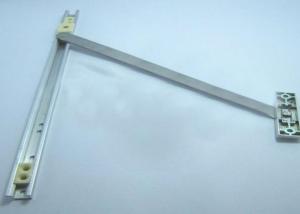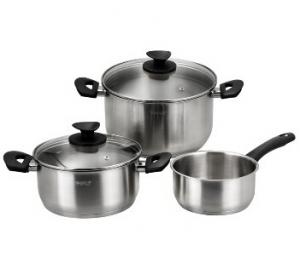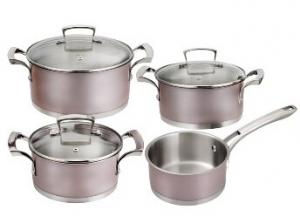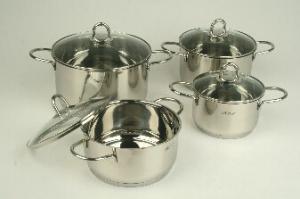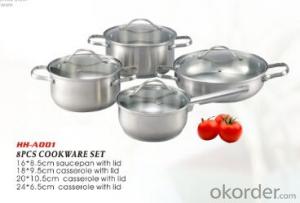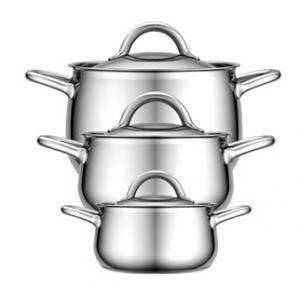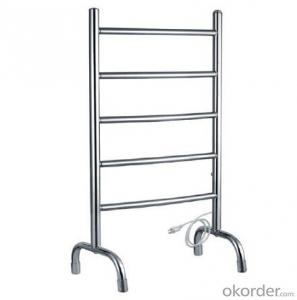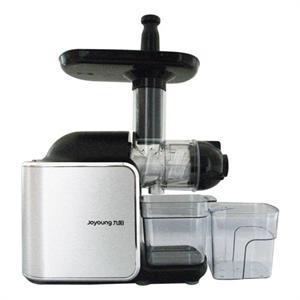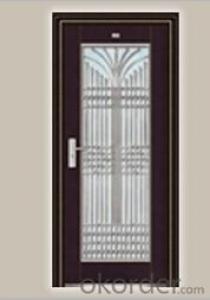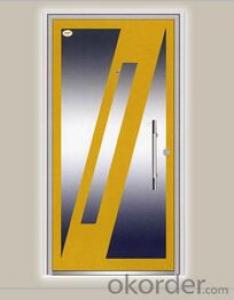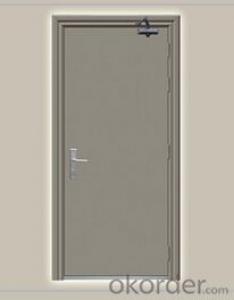Lg Stainless Steel Refrigerator
Lg Stainless Steel Refrigerator Related Searches
Stainless Steel Lg Refrigerator Stainless Steel Refrigerator Lg Lg Refrigerator Stainless Steel Stainless Steel Refrigerator Ge Stainless Steel Ge Refrigerator Ge Stainless Steel Refrigerator Ge Refrigerator Stainless Steel Stainless Steel Refrigeration Refrigerators Stainless Steel Stainless Steel Ice Maker Stainless Steel Radiators Stainless Steel Luggage Stainless Steel Storage Stainless Steel Appliance Stainless Steel Refrigerator And Stove Combo Stainless Steel Food Storage Stainless Steel Heater Stainless Steel Cooling Rack Stainless Steel Apliances Kitchen Stainless Steel Stainless Steel Food Warmer G Shock Stainless Steel Stainless Steel Storage Tank Liquid Stainless Steel Stainless Steel Jug Casio G Shock Stainless Steel Stainless Steel Degreaser Stainless Steel Keurig Stainless Steel Food Processor Tig Stainless SteelLg Stainless Steel Refrigerator Supplier & Manufacturer from China
LG Stainless Steel Refrigerator is a premium line of home appliances designed to offer advanced features and exceptional performance. These refrigerators come in various models, including French door, bottom freezer, and side-by-side options, all boasting sleek stainless steel exteriors for a modern and elegant look in any kitchen. The advanced technology within these refrigerators ensures optimal food preservation, energy efficiency, and user-friendly operation, making them a popular choice for many households.The LG Stainless Steel Refrigerator is widely used in residential settings, providing a convenient and efficient solution for food storage and organization. These refrigerators are perfect for families who require ample space to store groceries, as well as for those who appreciate the advanced features that enhance the overall user experience. With options like smart diagnostics, customizable temperature controls, and spill-proof shelves, these refrigerators cater to a variety of needs and preferences, making them a versatile addition to any home.
As a wholesale supplier, Okorder.com offers a vast inventory of LG Stainless Steel Refrigerators, ensuring that customers have access to a wide range of options to choose from. With a commitment to providing high-quality products at competitive prices, Okorder.com is a reliable source for businesses looking to stock up on these sought-after appliances. By partnering with Okorder.com, businesses can benefit from their extensive selection and reliable supply chain, ensuring that they can meet the demands of their customers with ease.





